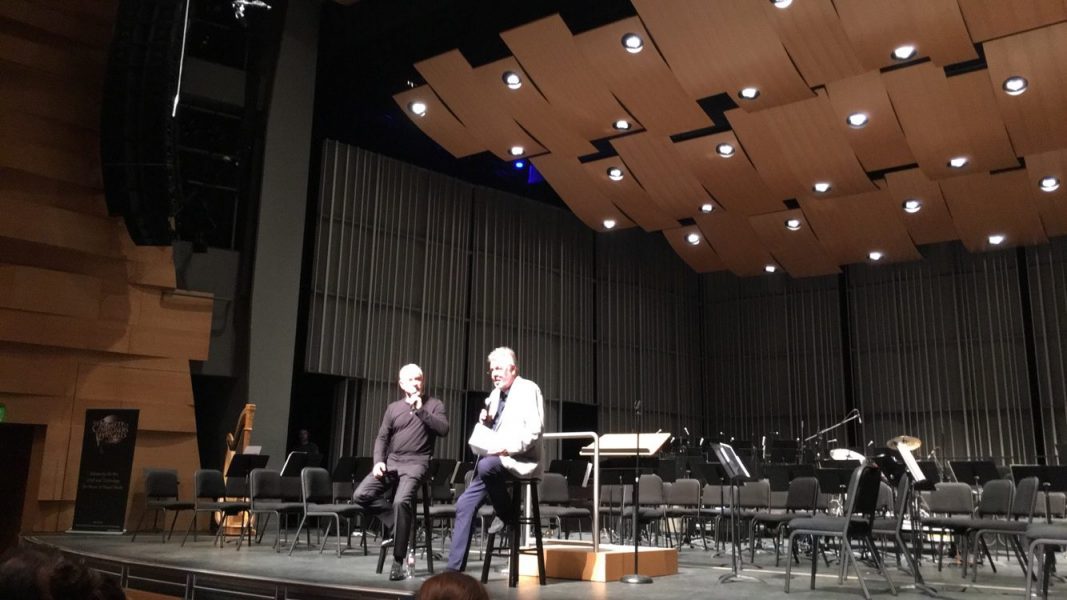When the Republicans were at the helm in Congress, it was the lending industries who dictated what waters to venture into when it came to financial aid.
And while the politicians gave us their requisite talking points about how essential higher education is for a thriving economy, more and more aspiring college students were tossed into cold waters to make room for bloating loan interest rates, and, to boot, without sufficient Pell Grants to keep many of them afloat.
During the November midterm elections, it was the Democrats who grabbed the megaphone and said they had four plans to remedy the high costs of college.
They are:
– Raise the limit on Pell Grants to needy students;
– Cut interest rates for student loans in half;
– Restore a tax deduction for tuition;
– Revive the direct-loan “Star” program by offering loans through universities that choose to join, rather than through private banks.
As a college student and a champion of higher education, I support all of these measures – at least theoretically. But sometimes what we would want to see done and what can be done do not blend perfectly together; so, without sounding too much like a capitulator, I recommend the Democrats push for the easier measures first.
While Nancy Pelosi, Ted Kennedy, and Charles Schumer want to go ahead with all four of their remedies, the trio and their like-minded Democrats will undoubtedly run into their more spend-resistant brothers, the “Blue Dog Democrats” (code for conservative and moderate Democrats).
This wing of the Democratic party prides itself on winding fiscal measuring tape around every bill to ensure each is within reasonable spending limits, and like it or not, they hold a significant swing vote in Congress.
Therefore, the most obvious remedy to push for immediately is the one that would not increase spending while providing more financial assistance to needy students.
The Student Aid Reward (STAR) Act, which was introduced by a bipartisan group that included Democratic Sen. Edward M. “Ted” Kennedy of Massachusetts and Republican Congressmen Tom Petri of Wisconsin, would provide billions in additional college scholarships to college students by expanding a direct-loan program that would offer student loans through universities that choose to join, rather than through private banks.
The bill’s Web site says the “Congressional Budget Office reports that the STAR Act would generate more than $13 billion in additional college scholarship aid – at no additional cost to taxpayers” because subsidies to private lenders – the middleman – would be removed from the equation.
Universities will still have the autonomy to choose whether to go through private or government lenders, but are encouraged to select the cheapest options.
Next is the plan – sponsored by Sen. Charles Schumer – that would allow tax deductions for college tuition. The bill worked fine before it was killed off in 2005 by Republicans who felt estate tax cuts for the wealthy were more important than giving low- and middle-income families tax write-offs of up to $4,000 for college tuition.
If Schumer is good on his word, then he will push to repeal tax breaks to oil companies for refinery construction, which will wash away the cost of this tax write-off measure.
The remaining two remedies will be a little trickier. The first seeks to cut federal student loan interest rates in half to 3.4 percent. This would cost an estimated $18 billion over five years while only reducing a graduate’s monthly payment by about 14 percent.
A similar House bill was introduced in March 2006, but was defeated by a margin of 20 votes. It failed to pass in large part because the Democrats failed to offer a way – or an agreed upon way – to shore off the costs of implementing this bill, whether through cuts to other spending or increased revenue.
As of today, they still have no answer to that question. Perhaps the Democrats should start by cutting student interest rates by a smaller margin, thereby making it easier to pass through Congress.
Just as difficult is the plan to increase Pell grants for needy students – families earning less than $45,000 a year – to $5,100 from $4,050. It was easy to pull this off, say, during the Clinton years when the country had projected budget surpluses.
In fact, when President Bush was campaigning for his first term in 2000, he pledged to raise the maximum Pell grant award to $5,100. But with the current national deficit at $8.6 trillion, and with a president and Congress desperate to limit spending growth, asking for another $10 billion or $15 billion to increase Pell grants would require a strong bipartisan solution.
So why not try?
Because, say Republicans, none of these remedies deal with the root of the problem – rising tuition. I have not seen much in the form of solutions from them, other than their resistance to increasing financial assistance to needy students.
Many economists point to the extravagant spending on the part of universities (our provost, Dr. Harold Hellenbrand, said in a recent interview that exorbitant construction and operating costs, benefits to faculty, and the refusal of the state to fork over more general fund dollars are behind the recent increases in tuition).
They say students should price-shop, and even consider community college as an alternative for their first years of college. Indeed, something can be said for those ideas. But they should not serve as an excuse to shortcut the noble effort to increase financial assistance to college students.
I encourage everyone to write their Democratic representatives and remind them that we remember their campaign promises and will see whether they were serious about them or were merely throwing us rhetorical bones, as Bush did in 2000, in order to slide into office.





